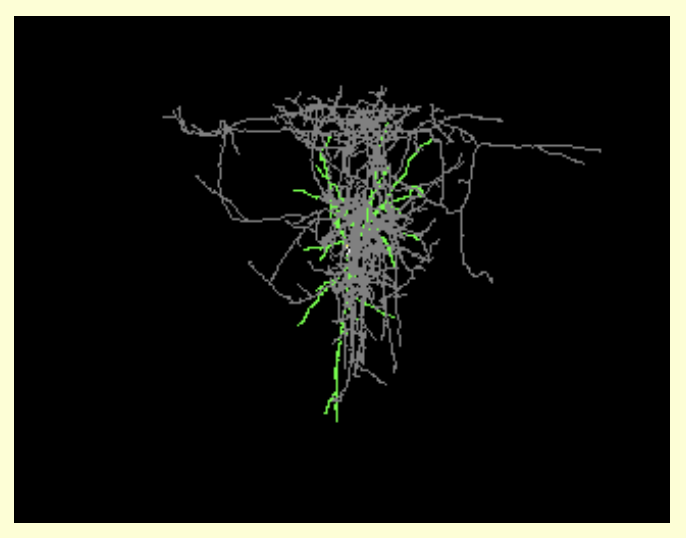URL: http://bioinfo.mbi.ucla.edu/ASAP/
Proper Citation: ASAP: the Alternative Splicing Annotation Project (RRID:SCR_003415)
Description: THIS RESOURCE IS NO LONGER IN SERVICE, documented on 8/12/13. Database to access and mine alternative splicing information coming from genomics and proteomics based on genome-wide analyses of alternative splicing in human (30 793 alternative splice relationships found) from detailed alignment of expressed sequences onto the genomic sequence. ASAP provides precise gene exon-intron structure, alternative splicing, tissue specificity of alternative splice forms, and protein isoform sequences resulting from alternative splicing. They developed an automated method for discovering human tissue-specific regulation of alternative splicing through a genome-wide analysis of expressed sequence tags (ESTs), which involves classifying human EST libraries according to tissue categories and Bayesian statistical analysis. They use the UniGene clusters of human Expressed Sequence Tags (ESTs) to identify splices. The UniGene EST's are clustered so that a single cluster roughly corresponds to a gene (or at least a part of a gene). A single EST represents a portion of a processed (already spliced) mRNA. A given cluster contains many ESTs, each representing an outcome of a series of splicing events. The ESTs in UniGene contain the different mRNA isoforms transcribed from an alternatively spliced gene. They are not predicting alternative splicing, but locating it based on EST analysis. The discovered splices are further analyzed to determine alternative splicing events. They have identified 6201 alternative splice relationships in human genes, through a genome-wide analysis of expressed sequence tags (ESTs). Starting with 2.1 million human mRNA and EST sequences, they mapped expressed sequences onto the draft human genome sequence and only accepted splices that obeyed the standard splice site consensus. After constructing a tissue list of 46 human tissues with 2 million human ESTs, they generated a database of novel human alternative splices that is four times larger than our previous report, and used Bayesian statistics to compare the relative abundance of every pair of alternative splices in these tissues. Using several statistical criteria for tissue specificity, they have identified 667 tissue-specific alternative splicing relationships and analyzed their distribution in human tissues. They have validated our results by comparison with independent studies. This genome-wide analysis of tissue specificity of alternative splicing will provide a useful resource to study the tissue-specific functions of transcripts and the association of tissue-specific variants with human diseases.
Abbreviations: ASAP
Synonyms: Alternative Splicing, Alternative Splicing Annotation Project, Alternative Splicing Annotation Project database
Resource Type: data or information resource, database
Defining Citation: PMID:12519958
Keywords: gene, genome, human, isoform, mechanism, metazoa, molecular, mrna, nucleus, process, protein, sequence, splice, tissue specificity, transcription, transcript, alternate splicing, microarray, alternative splicing, biological process, alternatively spliced isoform, contig, cancer, image
Expand Allis listed by |
|
is related to |
|
has parent organization |
We found {{ ctrl2.mentions.total_count }} mentions in open access literature.
We have not found any literature mentions for this resource.
We are searching literature mentions for this resource.
Most recent articles:
{{ mention._source.dc.creators[0].familyName }} {{ mention._source.dc.creators[0].initials }}, et al. ({{ mention._source.dc.publicationYear }}) {{ mention._source.dc.title }} {{ mention._source.dc.publishers[0].name }}, {{ mention._source.dc.publishers[0].volume }}({{ mention._source.dc.publishers[0].issue }}), {{ mention._source.dc.publishers[0].pagination }}. (PMID:{{ mention._id.replace('PMID:', '') }})
A list of researchers who have used the resource and an author search tool
Find mentions based on location

{{ ctrl2.mentions.errors.location }}
A list of researchers who have used the resource and an author search tool. This is available for resources that have literature mentions.
No rating or validation information has been found for ASAP: the Alternative Splicing Annotation Project.
No alerts have been found for ASAP: the Alternative Splicing Annotation Project.
Source: SciCrunch Registry





